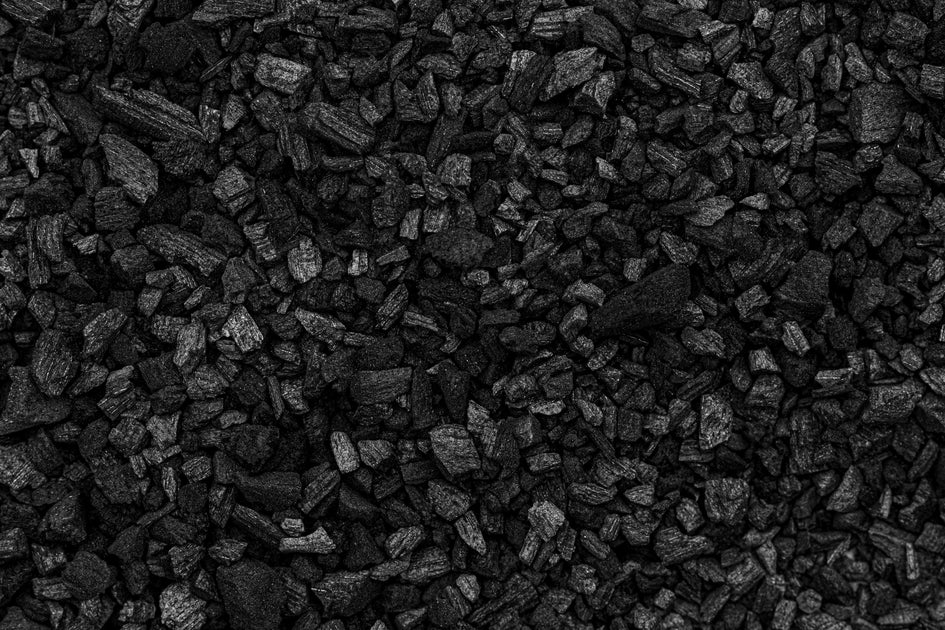Rivendell
Well-Known Member
For many years now I have been incorporating coir fiber into my soil mixes. The stuff I am talking about is the long fibers from the husk that are used in hanging basket liners and mulch rings. It can be found super cheap in hobby stores that carry a lot of fake flower stuff, sometimes labeled as coco moss. I take a rugged pair of kitchen shears and cut the fiber up into 2-3 inch lengths and mix it into my soil. In my experience this material does a number of things. It helps prevent soil compaction, it provides aeration and it wicks moisture through out the entire pot. I have seen nothing but positives from including the fiber in my mix.
Do you have something that you add that isn't a common material?
Do you have something that you add that isn't a common material?





